Eden Lettuce Seeds (Technisem Seeds)
Eden Lettuce Technisem can be grown all year long, even in hot and humid tropical areas. In the dry season, irrigation by local sprinkling increases crop success.
Features of Eden Lettuce Technisem
- Variety: Eden
- Net Weight: 100g and 10g
- Days to maturity: 50 days
- Seed Quantity needed/acre:160g-240g.
- of plants/acre: 32000-48000
- Basic characteristics of variety: Big dark green heads resistant to heat and good shelf life.
- This Iceberg variety produces some nice big and compact lettuce, which is tolerant to heat and has long preservation after being harvested.
- Heart: Very voluminous and heavy
- Colour: Shining green
- Average weight: between 600 to 700 gr
- Leaves: Blistered and well divided
- Precocity: 50 days after transplanting (depending on climate conditions and crop location)
- Resistance: Flowering
Health benefits of Eden Lettuce
- Bone Strength: Consuming adequate amounts of vitamin K can also reduce your risk of bone fracture because of the high percentage of vitamin K, which helps strengthen bones in Lettuce.
- Hydration: Water makes up over 95% of raw lettuce. As a result, eating lettuce hydrates the body. Although drinking liquids is necessary, water in foods can also significantly contribute to hydration.
- Improved Vision: Lettuce improves vision because it contains vitamin A, which plays a role in eye health. Vitamin A can reduce a person’s risk of cataracts. Vitamin A also helps prevent macular degeneration.
- Improved Sleep: Extracts of multiple lettuce types have also been shown to promote sleep. Until further research is conducted, it is unknown if the lettuce in its natural form can produce a similar effect. Lettuce helps to induce sleep as it contains sedative elements.
- Nutrition: The nutritional content of lettuce varies across varieties. Almost all lettuces contain a significant amount of vitamin A, along with small amounts of vitamin C and iron.
How to Grow Eden Lettuce Seeds
- Lettuce is an easy-to-grow annual vegetable. Considered a spring and fall crop, lettuce thrives when temperatures are between 60 to 70 degrees F. Many varieties reach maturity in as little as 30 days, and some can even be harvested much earlier than microgreens. From your garden beds to patio containers, these simple steps will give you a bountiful supply of crisp salad greens throughout multiple seasons.
When to Plant Eden Lettuce Seeds
- Lettuce loves cool weather. You can begin planting leaf, romaine, and butterhead lettuce as soon as the soil can be worked in the spring. Depending on the variety, lettuce germinates in temperatures between 40 to 85 degrees F. If you plant lettuce in successive plantings, with 10 to 14 days in between, you’ll have an extended harvest. To prevent summer bolts, stop planting one month before warm summer temperatures start. Begin planting fall lettuce in late summer so it reaches maturity when the fall air is cool.
- Head lettuce is usually started indoors or in a cold frame and transplanted in the spring after the last frost date. Growing lettuce from seedlings for early spring transplant is a good way to get a head start on the growing season.
Where to Plant Lettuce
- The ideal lettuce growing location for spring and fall is in a spot that receives full sun. If you plan on growing lettuce during the summer or in warm planting zones, partial shade can provide protection from the heat. Growing lettuce from seed in late summer may require generous artificial shade to help cool the soil for germination. Once days become cooler, the shade can be removed to give plenty of sunlight to young lettuce plants.
- Lettuce grows best in loose, cool soil with good drainage. The addition of organic materials, such as compost or manure, will increase drainage, provide essential nutrients and improve your lettuce growing conditions. If you’ve had trouble with lettuce growth, consider purchasing a soil test kit. Lettuce is sensitive to low pH. The addition of lime can help bring the pH to at least 6.0.
How to Plant Lettuce
- It does not take much work to grow lettuce from seeds. Lettuce seeds are often quite small and only require a planting depth of ¼ to ½ inch deep. Growing lettuce in rows gives your garden a traditional look. Consider alternating rows of green and red lettuce for a whimsical touch.
- How far apart to plant lettuce depends on the type of lettuce you’re planting. When sowing seeds directly into the soil, you should plant approximately 10 seeds per foot. Space your rows 12 to 18 inches apart. Thin leaf lettuce seedlings to 4 inches apart. Romaine and butterhead lettuce seedlings require 6 to 8 inches between each plant. Removed seedlings can be transplanted or eaten as delicious, tender microgreens.
- Head lettuce is usually grown from seeds started indoors during warm weather for a fall garden. Transplant head lettuce in rows 12 to 18 inches apart with 10 to 12 inches between each plant.
Water Requirements for Lettuce
- You do not need lettuce to develop deep roots. In fact, you want to encourage leaf growth over rooting. Lettuce watering should be light, frequent, and consistent. The goal is to simply keep the soil moist. Avoid watering too often – overwatering leads to root rot, disease, and stunted growth.

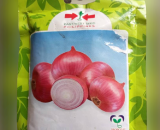

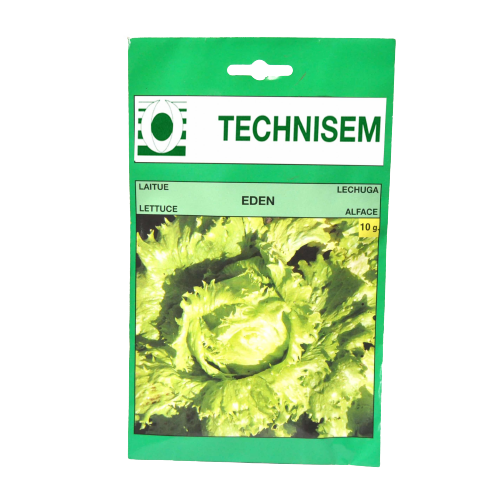
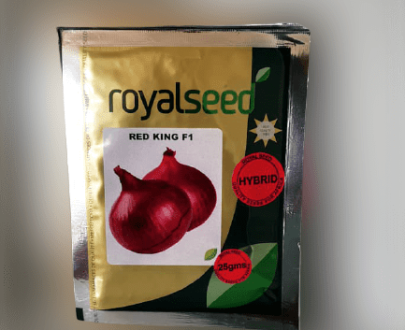


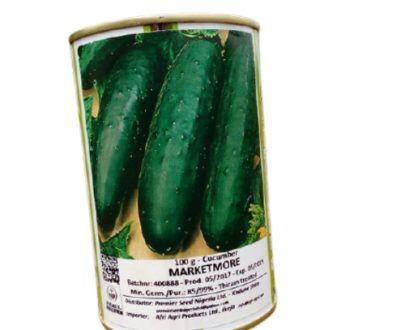
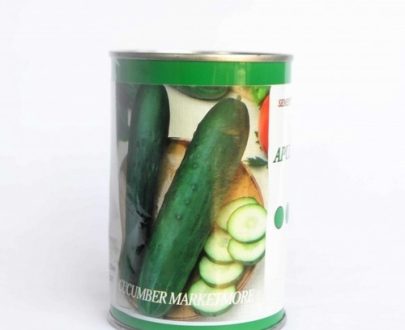
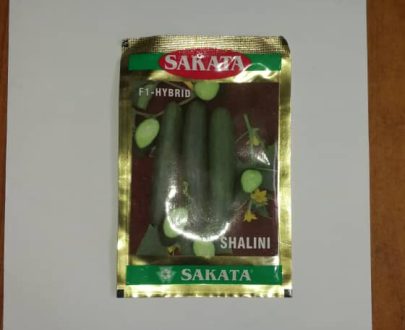



Customer reviews
1 review for Eden Lettuce Seeds (Technisem Seeds)
(verified owner)
Only logged in customers who have purchased this product may leave a review.